
Kingston Arms historical federschwert

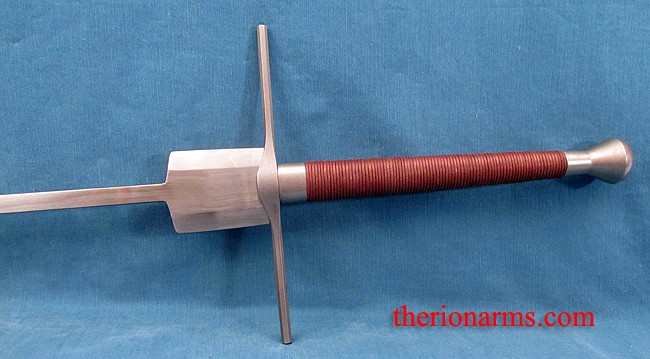

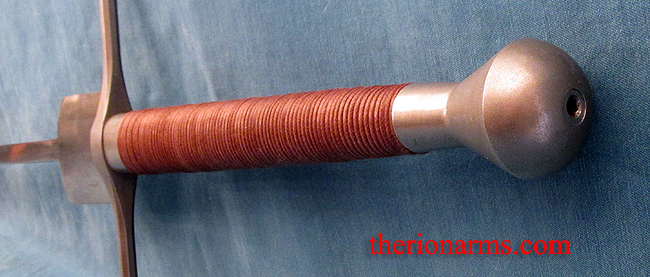

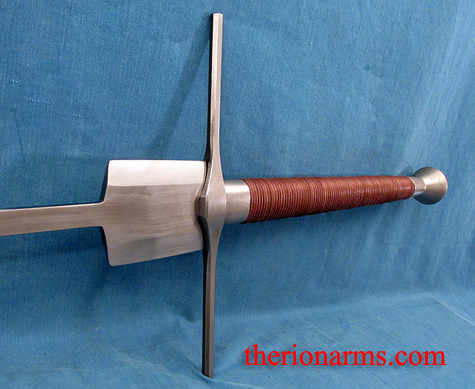
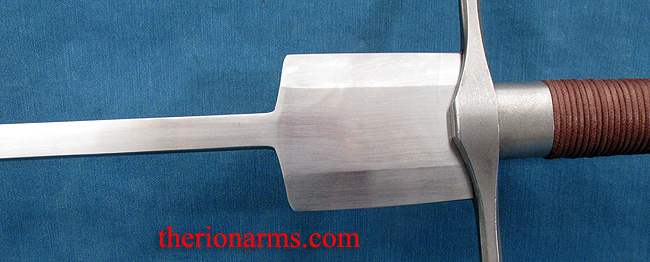





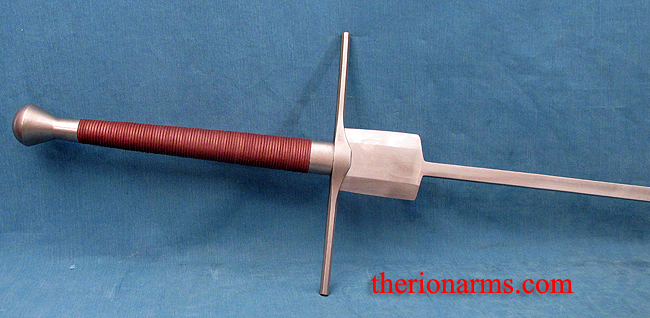



This strange looking sword is an accurate reproduction of German training swords from the late 1500's. There are several originals in the Landesmuseum in Zurich, Switzerland. This style training sword is most famously illustrated in Joachim Meyer's fechtbuch 1570 and 1600 editions. These swords were a primary training and bouting tool for the Marxbruder and Federfechter fechtschule (fight school) guilds. Meyer is based in the Liechtenauer tradition, but his methodology has a schulfechten (school-fighting /sport-fighting) don't-kill-your-students attitude in addition to the deadly combat skills developed by Liechtenauer and Ringeck.
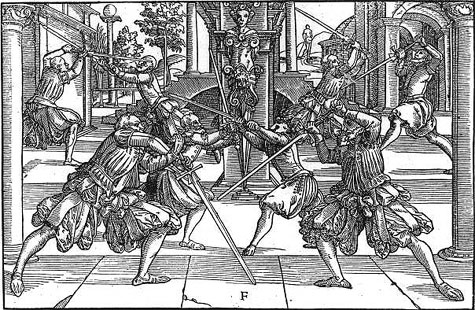
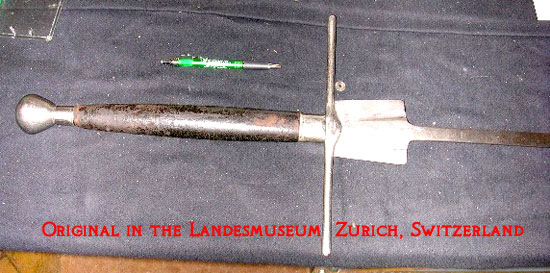
Anyway, back to this sword - it is an accurate recreation intended for (reasonably) safe(r) training and bouting in schulfechten styles (always wear protection!)
The strange blade shape is the historical solution to the problem of how to make a practice/training sword with blunt edges and still keep the sword light and fast. The solution: make the blade narrower and thicker, and make the forte of the blade wider to both balance the sword and make it stronger at the hilt. (The extra wide forte of this blade is properly called the schilt.) Narrow the blade and widen the schilt, and this is what you get. The first 2/3rds of the blade is relatively stiff, the last 1/3rd relatively flexible - this gives good control in the bind, but a bit more safety in the thrust. The blade is a full 1/4" thick for most of it's length, then it distally tapers down to 1/16" near the tip, which is curled for safety. The grip is a wood core with a leather wrapping, the guard and pommel are stainless steel, the blade is tempered 9260 spring steel. The entire sword can be disassembled for cleaning and maintenance via the 5mm allen nut that secures the pommel.
For those of you who are old-school WMA / HEMA and remember the early Hanwei federschwert (which were great for light contact; unfortunately not so great for HEMA tournament levels of force) - these are the historically functional federschwert that those ones should have been.
length: 51"
blade: 38" overall
schilt: 3" x 2 3/4"
blade width above schilt: 9/16"
blade thickness above schilt: 1/4"
blade width near tip: 13/16"
blade thickness near tip: 1/16"
grip and pommel: 12 1/2"
wrapped grip: 9"
guard: 10 1/2"
balance point: right at the end of the schilt
weight: 3 lb 11.0 oz

